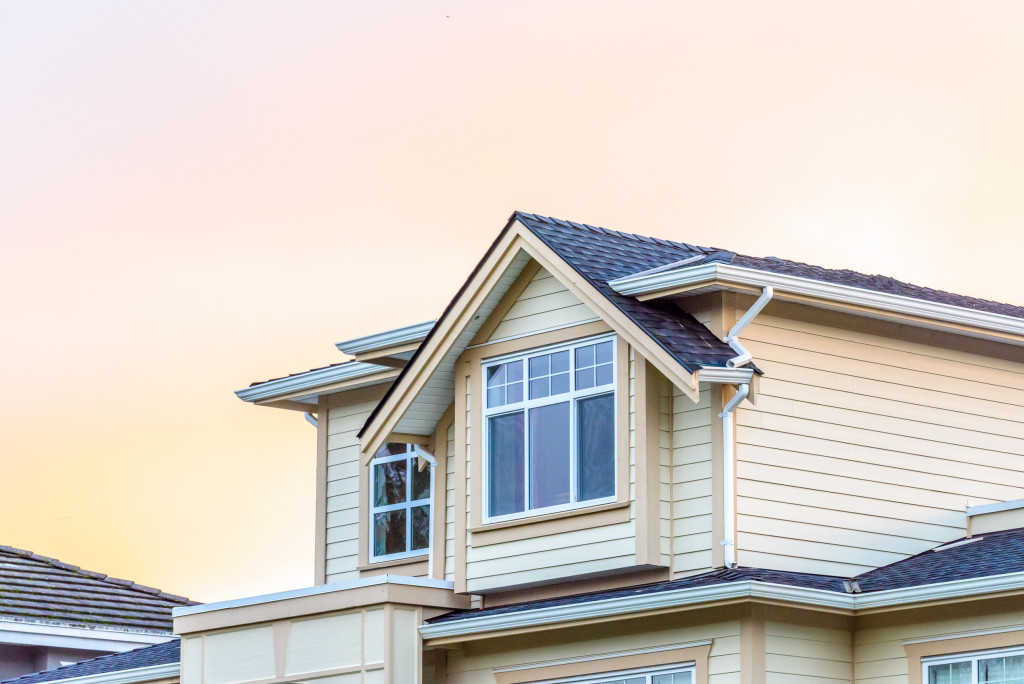The home is supposed to be a place of warmth and safety for our entire family. But sometimes, our own homes can become a dangerous place when we fail to maintain them properly. Apart from the physical dangers of structural problems, fire hazards, and many others, gas leaks and buildup can cause serious health problems upon exposure. Here are some harmful gases that we should be aware of inside our homes to help prevent the dangers that they bring to our families.
Radon
Radon is a deadly gas that may be lurking inside your home. It is a gas that is naturally produced by the earth from the decaying of uranium in its bedrocks and is released in higher levels in certain places more than others. See this EPA map of radon zones in the US to know if your home is located in an area where you are more prone to being exposed to the gas.
Prolonged exposure or exposure to high levels of radon is found to be the second leading cause of lung cancer after cigarette smoking, so this is a major health hazard that you need to be concerned about. Radon can seep into your home through cracks and holes in the basement floors. It can build up inside your home and put your family’s health in danger. Testing kits are available in state radon offices to see if your home harbors this deadly gas. If radon is detected, you should contact radon mitigation experts to install a system specializing in removing radon from the air inside your house.
Carbon Monoxide
Carbon monoxide is produced whenever we burn fuel in machines like vehicle engines. Inside the home, this gas is produced by our fireplaces, gas ranges, stoves, furnaces, heaters, and electric generators. In low levels, exposure to the gas can result in carbon monoxide poisoning. It prevents the body from circulating oxygen and can manifest in symptoms like headaches, nausea, dizziness, difficulty in breathing, loss of muscle control, and the like. In high levels, it can cause loss of suffocation, loss of consciousness, and eventually, death, thus, its name “the silent killer” whenever people unknowingly suffer from it and die unexpectedly.
Avoiding the buildup of carbon monoxide inside the home can be done by taking preventative steps. The machines in your home that produce this gas must be cleaned and maintained regularly. Having good ventilation inside the home should also be one of your priorities. Carbon monoxide alarms must also be maintained, especially the changing of battery backup in case the power in your home goes out.
Formaldehyde Gas
Formaldehyde is a chemical that can be found in many brand-new products that we bring inside our home like some press fabrics for curtains and furniture, cosmetics, and detergents. It can also be found in many new materials that are used for home construction like wood products for flooring and cabinets, glues, and paints. From these products, the gas can be emitted for the many following years after they are used for your home. Tobacco smoke is also a carrier of formaldehyde.
Formaldehyde doesn’t affect us when we get exposed to only a small amount. But irritations on different body parts and breathing problems can develop once the levels start to rise. Prolonged exposure can lead to serious health problems like cancers. Preventing exposure to high levels of formaldehyde can be done first by reducing the use of materials that contain the chemical. Airing them out before bringing them inside is an option.
You can also try to find alternatives or different brands that are certified to have little VOC (volatile organic compound). If the materials containing this chemical are already in your home like on the walls and floors, proper ventilation with as much airflow as possible can help to reduce the levels and prevent the buildup indoors.
Sewer gas

Sewer gas can also leak into your home. Sewer gas comes from the breaking down and decaying of human excrement in our home’s sewage systems. Normally, sewer gas should be contained by these systems but can be released in the home interior when failures occur like pipe leakages, clogged drains, and dry plumbing. This gas contains traces of hydrogen sulfide, ammonia, methane, and many others that are all toxic to humans.
Sewer gas can easily be detected as a foul smell, described by many as something like the smell of rotten eggs. High levels and prolonged exposure can cause fatigue, nausea, and headaches. These symptoms can be reduced by simply getting some fresh air. Ventilating the home should be the first step in removing this gas, followed by contacting your plumber to fix the septic system failure where the sewer gas is leaking from.
All in all, these gases can be easily removed from our homes through good ventilation and regular maintenance by professionals. The health and safety of our family must be our top priority while managing our homes. So it is important to educate ourselves, especially about these invisible dangers that can invade our properties.

